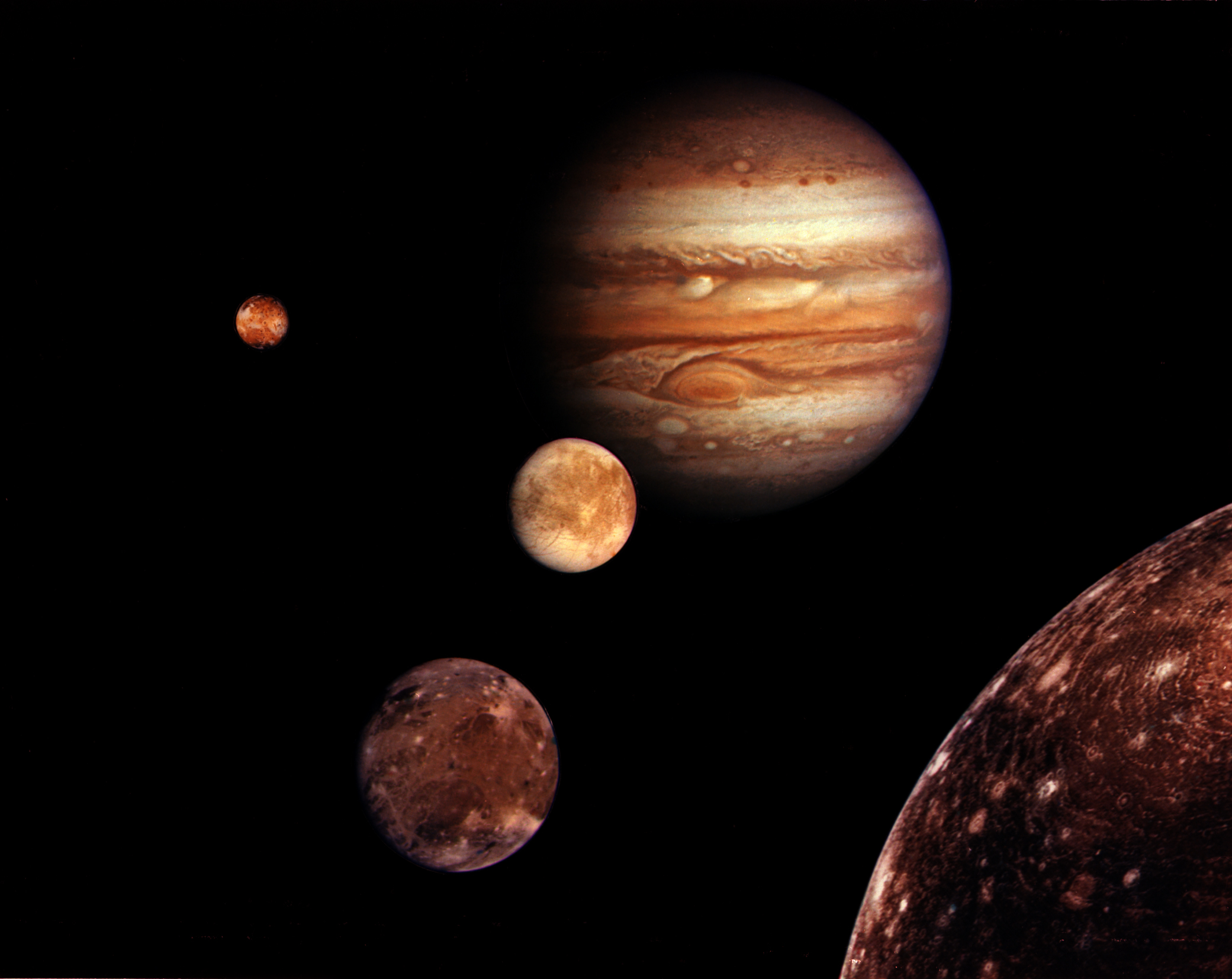To jsou tři králové zlatého věku science-fiction, spisovatelé fantazie, která se v mnoha případech stala běžnou realitou našeho dnešního života.
Asimovovy tři zákony robotiky jsou dodnes předmětem diskuse a sporů - mezi programátory a odborníky zabývajícími se vývojem umělé inteligence (AI). Nikdo už ovšem nediskutuje o prospěšnosti geostacionárních družic... :) ale málokdo ví, že u jejich zrodu stál jeden mladý spisovatel.
A.C. Clarke byl odborným vzděláním fyzik a matematik, a náš život ovlivnil víc, než si myslíme:
Během druhé světové války sloužil v britském královském letectvu (RAF) jako instruktor pro práci s radarem. V říjnu 1945 otiskl v časopise Wireless World myšlenku, jak pomocí tří družic zajistit celosvětový příjem televizního signálu. Bohužel pro něj však je v Británii k udělení patentu potřeba dvou fungujících exemplářů vynálezu. Takto mohl jen v roce 1962, kdy se jeho myšlenka uskutečnila, publikovat v časopise článek Jak jsem přišel o miliardu dolarů vynalézáním Telstaru ve volném čase. Díky tomu je dnes známý jako vynálezce principu telekomunikační družice a na jeho počest je geostacionární oběžná dráha někdy nazývána Clarkova.
http://cs.wikipedia.org/wiki/Arthur_C._Clarke
Jeho vědeckofantastické romány jsou podloženy hlubokou znalostí vesmíru a astronomie; je až překvapující, nakolik například jeho popisy blízkého pohledu na vzdálené planety a měsíce Sluneční soustavy odpovídají skutečnosti, zprostředkované o až desítky let později sondami NASA Galileo a Cassini (Huygens). Při překládání Clarkových děl je skutečně nutné chápat aspoň základní fyzikální zákony - a hlavně, ověřovat, ověřovat, ověřovat...
Ukázka je z románu snad úplně nejznámějšího: 2010: Vesmírná odyssea 2 (2010: Odyssey Two). Na chvíli se ocitneme v kosmické lodi ve vnějším pásmu Sluneční soustavy, v blízkosti plynného obra Jupitera.
Fulltext available here
Trailer
Jupiter ignition
More about Galilean satellites - NASA
Tipy:
1. seznámení s termíny
2. pochopení situace
3. vizualizace
The View from
Lagrange
Astronomy was full of such intriguing but
meaningless coincidences. The most famous was the fact that, from the Earth,
both Sun and Moon have the same apparent diameter. Here at the L.1 libration
point, which Big Brother had chosen for its cosmic balancing act on the
gravitational tightrope between Jupiter and Io, a similar phenomenon occurred.
Planet and satellite appeared exactly the same size.
And what a size! Not the miserable
half-degree of Sun and Moon, but forty times their diameter - sixteen hundred
times their area. ‘The sight of either was enough to fill the mind with awe and
wonder; together, the spectacle was overwhelming.
Every forty-two hours, they would go
through their complete cycle of phases; when Io was new, Jupiter was full, and
vice versa. But even when the Sun was hiding behind Jupiter and the planet
presented only its nightside, it was unmistakably there - a huge black disk
eclipsing the stars. Sometimes that blackness would be momentarily rent by
lightning flashes lasting for many seconds, from electrical storms far larger
than the Earth.
On the opposite side of the sky, always
keeping the same face toward its giant master, Io would be a sluggishly boiling
cauldron of reds and oranges, with occasional yellow clouds erupting from one
of its volcanoes, and falling swiftly back to the surface. Like Jupiter, but on
a slightly longer time scale, Io was a world without geography. Its face was
remodelled in a matter of decades - Jupiter’s, in a matter of days.
As Io waned
toward its last quarter, so the vast, intricately banded Jovian cloudscape
would light up beneath the tiny, distant sun. Sometimes the shadow of Io
itself, or one of the outer satellites, would drift across the face of Jupiter;
while every revolution would show the planet-sized vortex of the Great Red Spot
- a hurricane that had endured for centuries if not for millennia.
Poised between
such wonders, the crew of Leonov had material for lifetimes of research - but
the natural objects of the Jovian system were at the very bottom of their list
of priorities. Big Brother was Number 1; though the ships had now moved in to
only five kilometres, Tanya still refused to allow any direct physical contact.
‘I’m going to wait,’ she said, ‘until we’re in a position to make a quick
getaway. We’ll sit and watch - until our launch window opens. Then we’ll
consider our next move.’
It was true that
Nina had finally grounded on Big Brother, after a leisurely fifty-minute fall.
This had allowed Vasili to calculate the object’s mass as a surprisingly low
950,000 tons, which gave it about the density of air. Presumably it was hollow
- which provoked endless speculation about what might be inside.
But there were
plenty of practical, everyday problems to take their minds off these greater
issues. Housekeeping chores aboard Leonov and Discovery absorbed ninety per
cent of their working time, though operations’ were much more efficient since
the two ships had been coupled by a flexible docking connection. Curnow had
finally convinced Tanya that Discovery’s carousel would not suddenly seize up
and tear the ships to pieces, so it had become possible to move freely from one
vessel to the other merely by opening and closing two sets of airtight doors.
Spacesuits and time-consuming EVAs were no longer necessary - to the great
delight of everyone except Max, who loved going outside and exercising with his
broomstick.

